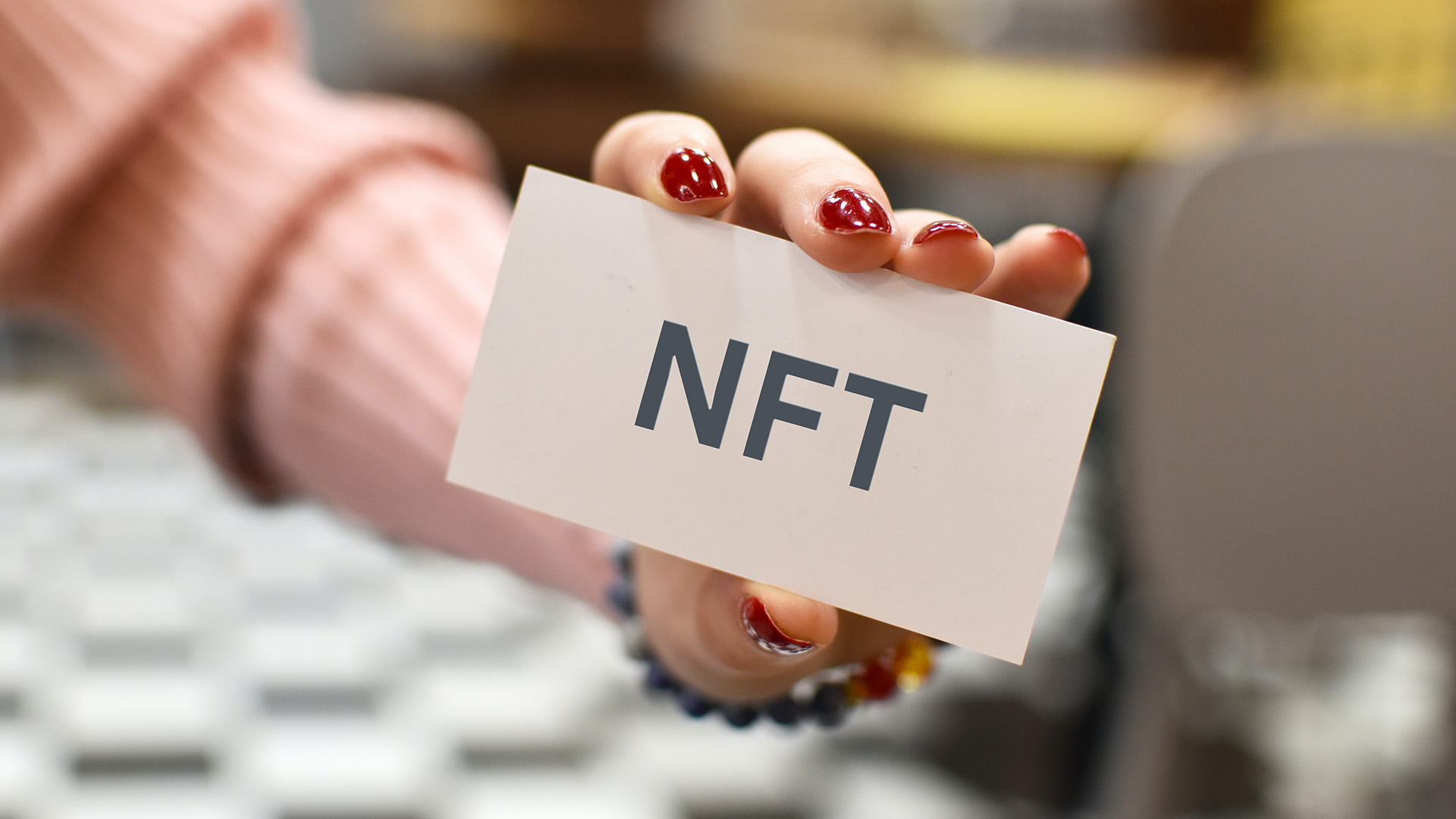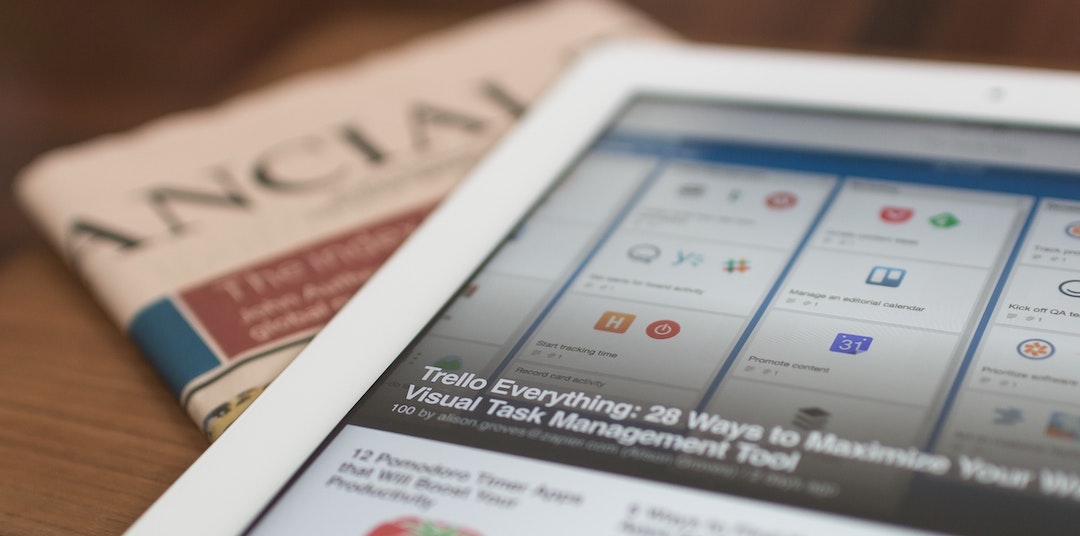Today’s rapidly evolving social media formats and new media technologies are creating as many new ways for PR pros to connect with the media as they are creating new ways of communicating for people. Facebook, Twitter, Foursquare and Google+ are among just a few of the always-on media that enable media relations specialists and corporate communicators to interface with reporters and editors.
But despite the constantly shifting nature of today’s media landscape there still remain some universal rules for building and maintaining solid relationships that work across all media outlets.
Below are five of the most important of these. I invite you to check them out and compare them to your rules for building media relationships. Are there any rules you would add to or remove from this list? I would love to get your comments.
- Be a true resource. All members of the media are under extreme pressure and many have to produce diverse content for multiple mediums, so understanding what reporters need in order to do their job is critical.
- Practice role reversal. When pitching a story, ask yourself what you would need if the roles were swapped. Create a checklist to ensure you have the most essential assets to get the conversation started.
- Know the outlet. Think of the volume of calls and e-mails you get a day and multiply that by 1,000. Now you can begin to understand the life of a journalist — this includes print reporters, broadcast producers, and bloggers. Before pitching, make sure you understand what types of topics the publication covers and how your story could fit in.
- Lose the “all about me syndrome.” You will become a trusted go-to source if you provide the media with ideas and resources even if it doesn’t directly benefit, or even involve, your client. Join conversations and add value. Comment on blog posts, retweet a journalist’s post to your followers, or suggest related sources or commentary. In the end, that will go a long way toward building credibility and a relationship.
- Be up front and transparent. Always disclose your client, be clear about what elements of a story you can offer, acknowledge what information you don’t have, and be straightforward about what missing pieces you can help deliver. Build trust and keep reinforcing it with your actions.


